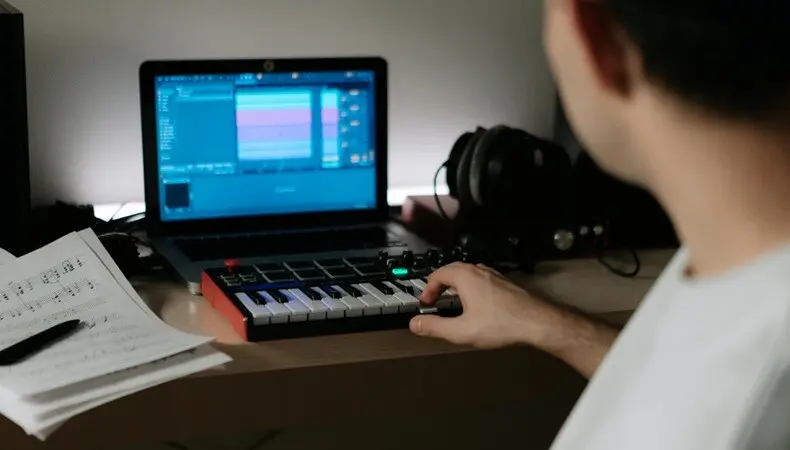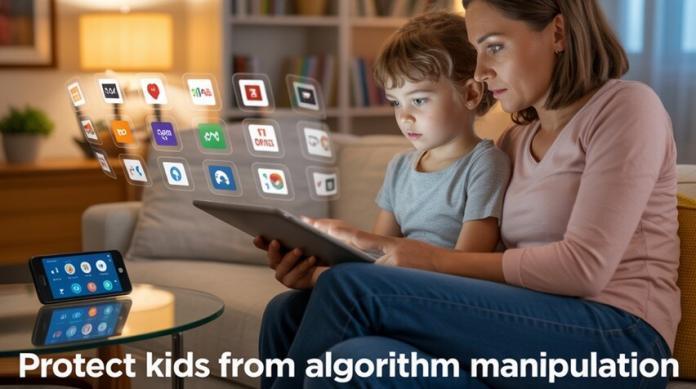Artificial intelligence (AI) is not deleting the producer job. It is reshaping how producers spend time. The tedious parts of the workflow loosen their grip, which lets producers focus on listening, coaching, and creative direction.
Think quicker edits, faster comping, and instant mood boards that spark better sessions. This is where AI audio production fits. It turns time sinks into accelerators, so taste and decision-making become the main event rather than the cleanup crew.
Reports from studios say that bottlenecks drop once assistants take over the tedious, repetitive prep. Analysts say that generative tools could potentially automate about a third of hours by 2030. And this is without erasing creative roles but augmenting them.
Read further to learn more.
The Volume Surge Demands More Producers
Music supply keeps rising. Listeners discover through playlists, short video, and niche scenes, and every route adds more releases that need quality control. The result is a curation problem.
Producers are the curation engine because they connect artist intent to audience taste, and they ship consistent results. That need grows as catalogs expand.
Producers translate crowded inputs into a plan for a single artist, a single song, and a single audience.
A report by Luminate states that around 99,000 new tracks were uploaded per day in 2024. The same report notes a total catalog of more or less 202 million tracks by year’s end.
Let’s put these figures into context. In 2023, the daily upload figure hovered around 120,000, which already strained attention and budgets.
How Producers Use AI Today
Adoption is real but selective. Surveys show about a quarter of producers already use AI. Most rely on it for practical help rather than full song generation.
Stem separation ranks as the top use case, followed by mastering and EQ assistance. Only a tiny minority tries to create entire songs with models. These patterns suggest that producers treat tools as utilities rather than substitutes.
An estimated 60 million people used AI music apps in 2024. Furthermore, about 10 percent of consumers tried generative tools for music or lyrics. That is a big pool of ideas, demos, and collab starters that benefit from professional production.
An AI-Assisted Producer Workflow
Pre-production starts faster as AI shifts the feel of a session from one of scarcity to one of choice.
Ideas arrive quickly, not as finished songs but as sketch material that helps everyone hear direction earlier. References, chord colors, and tempo tests appear in minutes, so the room commits with more confidence.
During production, the tools act like magnifying glasses. A great take can be rescued from a noisy room, timing blemishes can be nudged without sanding off character, and sampler fodder can be spun from moments that used to be discarded.
The mix stage becomes a dialogue. Assistants surface masking, gain staging issues, and loudness targets, while the producer decides what serves the record.
Across the process, versioning and metadata become easier to manage, which means more alternates and fewer headaches later.
What changes most is not the aesthetic but the pace. The same instincts guide the record. They simply get more passes at the ball. Overall.
Why Human Producers Matter
Scaled-up production increases the likelihood of abuse. Meanwhile, platforms fight spam, fraud, and impersonation. That raises the premium on people who can ensure originality, consent, correct credits, and brand safety.
Producers are the trust layer that clients and artists depend on. They also maintain session hygiene so that future syncs, remixes, and reissues are painless rather than impossible.
Spotify disclosed removing more than 75 million spammy tracks in the past year. The company paired this with new AI content policies.
Deezer’s detection work found that about 18 percent of daily uploads are AI-generated, and up to 70 percent of streams on that subset are fraudulent. The platform excludes those tracks from recommendations and payouts.
The Market Is Still Growing
Opportunity expands even as noise grows. Global recorded music revenues rose 4.8 percent in 2024 to 29.6 billion dollars. Paid subscriptions reached roughly 752 million users.
Growth was broad, from the Middle East and North Africa to Latin America. That means more briefs, more catalogs, and more localized niches that need professional sound and release discipline.
Labels and rights holders still need trusted partners who can deliver reliably and safeguard reputation in a fast-moving landscape. The trend is confirmed by IFPI and major trade coverage.
Faster producers win more work. Teams that keep quality while reducing cycle time capture the long tail. AI helps with speed while taste and judgment protect the brand. That momentum attracts more investment.
Producer Skill Stack for 2025
AI is a revolutionary tool, but it still requires skill to use effectively.
Practice prompt literacy. Learn how to describe vibe, instrumentation, structure, tempo, and negative prompts that protect against cliches.
Iterate quickly. Save prompt recipes that match recurring briefs. Build a small library of before-and-after audio to teach clients how prompts translate to sound.
Build audio forensics. Get fluent with separation, de-bleeding, and isolation so you can recover takes and create remix parts. Pair that with quick restoration to manage hiss, hum, and plosives without flattening emotion. Treat these tools as a stethoscope rather than a crutch.
Strengthen quality control and ethics. Use watermark scanners and consent logs for voice cloning. Keep datasets clean. Align with platform policies to avoid takedowns. Clients will ask for this, so you must be ready. Keep simple checklists that travel with every session.
Make data-based decisions. Use audience and consumption reports to pick versions, sequence releases, and decide what to support with marketing spend. Luminate is a good baseline for these trends. Build dashboards that track save rate, skip rate, and regional lift around release windows.
Conclusion
AI multiplies options, but your advantage comes from what you keep and refine. Treat every session as data: archive stems, mix moves, mic positions, and client feedback, then feed that into a private, consent-based assistant that learns your earprint.
Over time, those notes become a living reference that speeds choices without flattening taste. The habit is simple and cumulative, like compounding interest.
What single archiving ritual will you adopt now to make your future records unmistakably yours?
You may also like to read,







